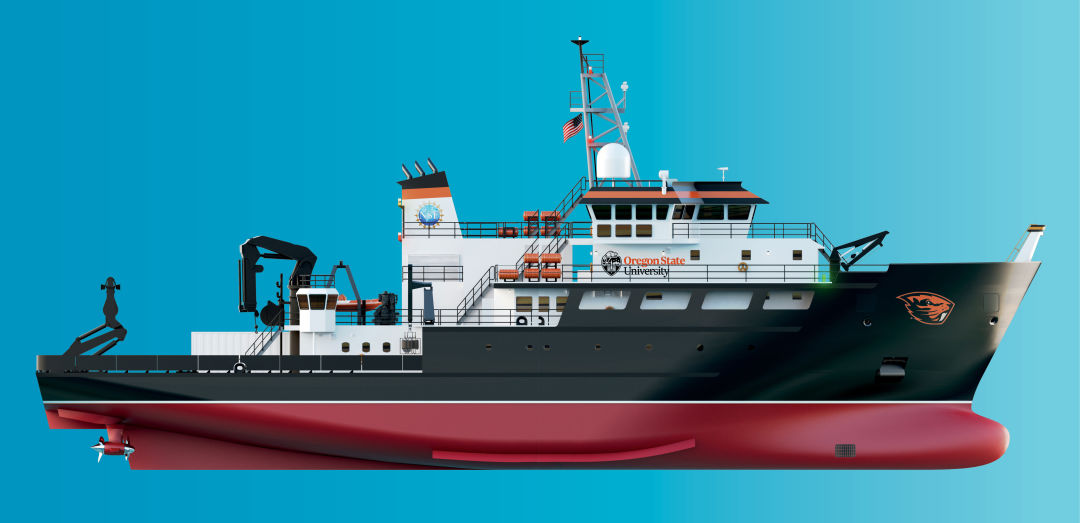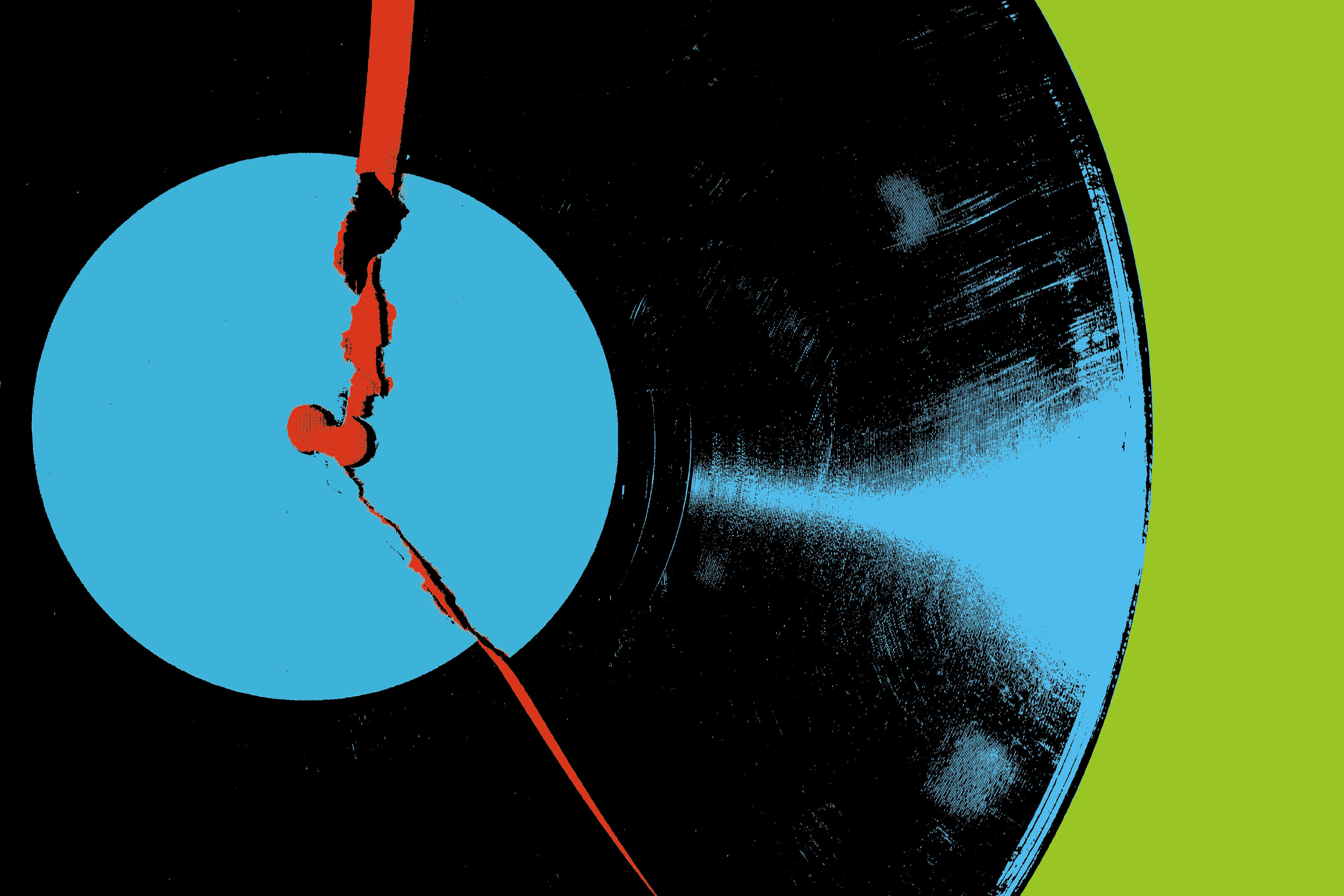Oregon State Gets a Shiny New Research Vessel

A new boat will soon head for the high seas courtesy of a $121 million-plus research grant awarded to Oregon State University by the National Science Foundation—the largest grant in the university’s history. The shiny research vessel, which will replace OSU’s current ship, the 42-year-old R/V Oceanus, is scheduled to arrive from Gulf Island Shipyards in Louisiana in 2020. It then embarks on a full year of rigorous testing for its scientific gear and training for its crew, from captain to engineers to cooks.
The federal agency’s selection process landed on OSU thanks, in part, to the school’s prestigious oceanography program, recently rated third-best in the world. OSU is also one of only two universities in the country designated as a “land, sea, space, and sun” grant institution by Congress and governmental agencies. The university will use the ship (so far unnamed, though “Beavy McBeaverface” is available) to study marine biology as well as geology—including the Cascadia Subduction Zone, which is predicted to cause a major earthquake in the coming decades.
“We have 50 years of history operating research vessels,” says Clare Reimers, a professor at OSU’s College of Earth, Ocean, and Atmospheric Sciences. “This vessel will both help our marine science programs be successful and serve the marine science community nationally.”
Length: 193 feet
Range: 7,000 nautical miles
Max speed: 13 knots
Crew cabins: 13
Berths for scientists: 16
Over-the-side handling equipment
Cranes and articulated arms help safely lower scientific equipment like sensor arrays into the water, even in rough conditions.
Onboard labs
Built-in laboratory spaces will include a computer lab and a wet lab. The ship’s deck is equipped with a space where modular labs for specific research cruises can be temporarily installed and plugged into the vessel’s power and water systems.
Staterooms
Dimmable lights, adjustable thermostats, and noise insulation let both scientists and the vessel’s crew get a good night’s sleep. Oceanography is hard work!
Data presence
Satellite connectivity means scientists can send data collected on cruises back to shore, allowing real-time collaboration with land-based researchers. That communication both broadens the pool of scientists who can be involved in research and allows teams to make on-the-fly decisions about data collection.
Engines
The ship’s EPA Tier 4 engines can run at low speeds when not being used for propulsion. Waste heat generated by the engines will be captured and reused for a variety of purposes, including heating water onboard.
U-tube antiroll tank
A U-shaped air- and water-filled tank helps counteract wave motion and stabilize the vessel in rough seas.
Multibeam transducer array
Transducers bounce acoustic signals off the seafloor and beyond. Different frequencies can be used for a variety of measuring and mapping purposes: some can be used to explore the composition of the sub-seafloor, while others are used to study marine organisms as small as zooplankton.
Hull shape
A hydrodynamic hull shape lets the vessel glide through the water, increasing fuel efficiency. It’s also designed so that water flowing beneath the ship interferes minimally with the sensitive acoustic transducer array.




